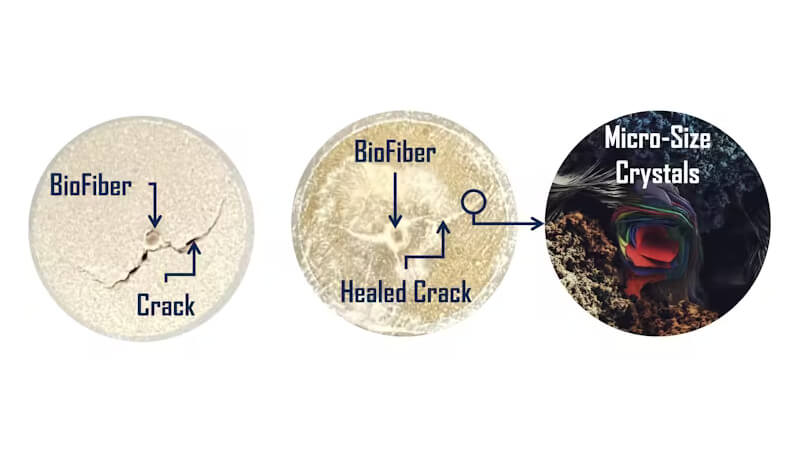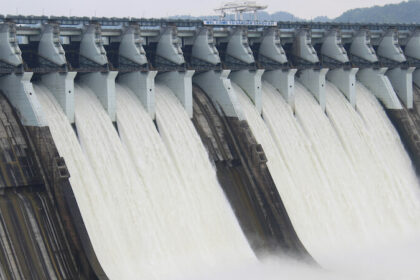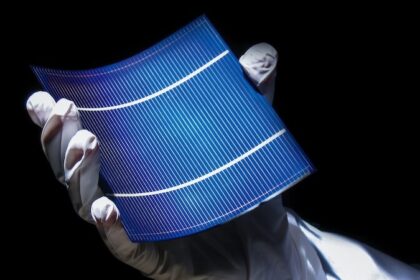Researchers have coated biological fibers with bacteria that can independently repair concrete road surfaces. This could significantly reduce the cost of repairs.
There are problems with road surfaces in many places. This is because cracks often appear, which can develop into large and sometimes dangerous potholes in the long term. Germany therefore invests huge sums every year to repair existing damage and replace pavements. But this could soon change thanks to new research findings.
This is because the findings open up the possibility that concrete could be able to heal itself from cracks and fractures in the future. The road would then function in a similar way to human skin, which heals wounds effectively.
The development is based on thin fibers coated with bacteria, which are integrated into the concrete by the maintenance teams. The bacteria in turn produce limestone when they come into contact with water and air.
Bacteria to repair road surfaces
Cracks in the concrete allow water and air to reach the bacteria. These produce limestone and close the cracks in the concrete from the inside out. The process can significantly increase the longevity of concrete structures while reducing maintenance and repair costs.
The use of self-healing concrete could be particularly important for critical infrastructure such as bridges, roads and tunnels. The technology should not only help to improve the safety of these structures, but also reduce their environmental impact.
Fewer repairs and less frequent replacement of materials could reduce resource consumption and CO2 emissions. In addition, more effective use of labor, which is already difficult to obtain, is possible.
There are still some challenges to overcome
The development of self-healing concrete products is still in the early stages. Further research is needed to confirm the effectiveness and cost-effectiveness of this technology in large-scale use. Nevertheless, initial studies and experiments indicate enormous potential.
Governments could make the construction industry more sustainable in the future and significantly extend the service life of their concrete structures. However, there are still some challenges to overcome before the technology can be used. Ensuring the long-term stability of bacterial roads and adapting existing construction methods are just a few examples.










